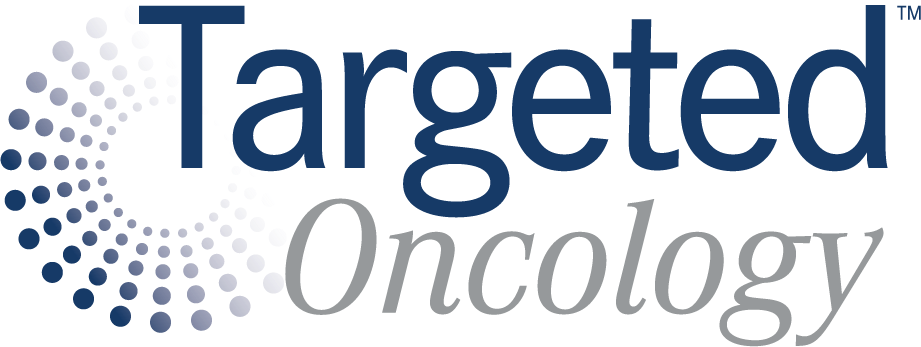Follow-Up With Teclistamab Shows Durability and Optimization of Dosing
In a live virtual event, Attaya Suvannasankha, MD, discussed the MajesTEC-1 trial of teclistamab and approaches to mitigation of cytokine release syndrome.
Attaya Suvannasankha, MD
Associate Professor of Clinical Medicine
Department of Medicine
Division of Hematology/Oncology
Indiana University School of Medicine
Indianapolis, IN

Targeted Oncology: What was the significance of the MajesTEC-1 study (NCT03145181/NCT04557098) of teclistamab (Tecvayli) in patients with relapsed/refractory multiple myeloma?
Attaya Suvannasankha, MD: MajesTEC-1 was the first-in-human study. There are not many drugs, in my time seeing patients with myeloma, that got an approval based on the first-in-human study. When we do a phase 1 study, you are typically just looking for a dose that's [safe]. Teclistamab is such a powerful tool when you think about how [many of] these patients would die within the next 9 months. You want to see efficacy data that show something that's [impressive]. These were patients whose disease failed [to respond to] everything, with more than 3 prior lines of therapy. They had not received anything like teclistamab before and received step-up dosing and weekly outpatient infusions.
The primary end point was overall response rate. The dose escalation [cohort] was 40 patients.1 But then the fixed dose was expanded in the phase 2 with 125 patients—not that many, but a good number of them were older people aged 75 and above. There were also people with [high volume of] cancer in the bone marrow and that's the group that we worry about more. In theory, if you're turning on their immune system, they might potentially be sicker. It was also a group of patients that, based on several prospective studies, tends to not respond very well. It might take too long for them to respond if they have so many tumor cells. There was also inclusion of a lot of patients with high-risk cytogenetics, about one-third. Although patients only need to have failed to respond to at least 3 prior lines of therapy, 65% of patients were penta-exposed meaning that they had [received treatments including] lenalidomide [Revlimid], pomalidomide [Pomalyst], bortezomib [Velcade], carfilzomib [Kyprolis], and anti-CD38 [antibody]. They had everything and were not only exposed, but [many patients were] considered refractory to them.
How did patients receiving teclistamab respond based on longer-term follow-up?
There are the updated data from follow-up of 30.4 months.2 The ORR is 63%. When you think about 63% in people who otherwise may not be around 9 months later, it's pretty impressive. But if we get a bit deeper, the group of patients who have deep response of very good partial response or better rate 59.4%. I grew up in an oncology era where, if you have nothing to give, stable disease was considered clinical benefit if we made the disease pause, but it didn't recede…. But now we're not talking about that. We're talking about people who can get response.
If we look further at the duration of response, patients who are in complete remission stay in remission a very long time at the follow-up of 30.4 months and flatten out a little bit. After that first 6 months, when they go to every-other-week [dosing], they're maintaining their response. That’s not negating the fact that this is looking at everyone in response, and that's not counting the 30-plus percent of patients who received the drug and did not respond to it. It's not the right choice for everyone, but it's the right choice for a lot of people, and this is proportional to survival with a longer follow-up as well. Median overall survival is 22.2 months. In the era before [this therapy], that number would have been about 9 months.
What adverse events (AEs) were reported in the trial?
Hematologic AEs are probably what we are [concerned with]. Cytopenias are still a problem. Sometimes we'll see neutropenia; that doesn't always lead to increased risk of infection. It's relatively transient. I usually tell patients that if you're turning on your immune system, then when it fights infection, you're going to have those fever chills and so on. That's exactly what your immune system does when it turns itself on to fight the cancer. The severity, though, is what we're going to need to watch for and tell patients if they're going to have severe degree of this inflammation.
The rest of the nonspecific AEs are quite low because the agent is specific to the tumor cells. It doesn't cause hair loss, mucositis, or gastrointestinal issues aside from some diarrhea. This study was also conducted during the time of COVID-19. [Some] high-grade AEs were COVID-19–related. If you subtract the COVID infections, there are still [grade 3 or 4] infections occurring in about one-third of patients.
There was a post hoc analysis that was eliminating the cause of severe complications that were related to COVID-19.3 This was reported this past year at the International Myeloma Society, and they also considered the overall survival of the people who were receiving the RP2D. They removed 18 COVID-19–related deaths, [so overall] patients did better.
What approaches are there to mitigate cytokine release syndrome (CRS)?
The question is, if they're going to potentially get sick, and we're worried about them, and if they have frailty, why are we not doing something to prevent it? If you use steroids or tocilizumab [Actemra], could you use it a little early, or even better, use it before you start? That is what several programs that are trying to do this in the outpatient [setting] are doing. There are clinical trials that are ongoing.
The caveat is that first, [tocilizumab] is not approved for prophylaxis. But at the same time, in clinical trials, it does significantly reduce the incidence of grade 1 CRS. It's not clear how well it helps with the grade 2 CRS. The MajesTEC-1 study [which led to] the approval had a subgroup that did exactly that. They got tocilizumab beforehand, and they reduced grade 1 CRS from more than 50% to less than 20%.4 A lot of those patients, if they don't even have fever, then in theory, they don't need to be in the hospital. The problem is that the number of people who get grade 2 CRS didn't disappear completely. You are still going to be watching out for some of those rare [cases] who look like they should be able to do this but then they call you at 2 AM because they're not doing well.
At the end of the day, patients [need to] understand what they're getting and be able to also alert us when they're unwell, and we [need to] be able to activate tocilizumab when they're on their way. I think initial steroid administration is never going to hurt. That's our treatment anyway. In our program, we prescribe everyone dexamethasone to take home.… If they have fever without anything else, but they're uncomfortable because they're having chills and bone pain, then usually even 1 dose of dexamethasone will take care of it.
We learned from the clinical trial it was done in one way, but we’re asking, do we need to do everything according to how it was done on clinical trial? It wasn't like we had the greatest science to back up that practice. Can we personalize our approach? Maybe some patients can get [bispecific antibodies as] outpatients in the community, and maybe some people are sick enough with a bad heart or bad kidneys that you still want to admit them, just to be sure.
DISCLOSURES: Suvannasankha previously reported consulting or advisory role with Janssen Oncology and GlaxoSmithKline, and institutional research funding from Janssen Oncology, GlaxoSmithKline, BMS, Regeneron, and Genentech.
References:
1. Moreau P, Garfall AL, van de Donk NWCJ, et al. Teclistamab in relapsed or refractory multiple myeloma. N Engl J Med. 2022;387(6):495-505. doi:10.1056/NEJMoa2203478
2. Garfall Al, Nooka AK, van de Donk NWCJ, et al. Long-term follow-up from the phase 1/2 MajesTEC-1 trial of teclistamab in patients with relapsed/refractory multiple myeloma. J Clin Oncol. 2024;42(suppl 16):7540. doi:10.1200/JCO.2024.42.16_suppl.7540
3. van de Donk NWCJ, Bahlis N, Costa LJ, et al. Impact of COVID-19 on outcomes with teclistamab in patients with relapsed/refractory multiple myeloma in the phase 1/2 MajesTEC-1 study. Blood Cancer J. 2024;14(1):186. Published 2024 Oct 21. doi:10.1038/s41408-024-01160-1
4. van de Donk NWCJ, Garfall AL, Benboubker L, et al. Longer-term follow-up of patients (pts) receiving prophylactic tocilizumab (toci) for the reduction of cytokine release syndrome (CRS) in the phase 1/2 MajesTEC-1 study of teclistamab in relapsed/refractory multiple myeloma (RRMM). J Clin Oncol. 2024;42(suppl 16):7517. doi:10.1200/JCO.2024.42.16_suppl.7517









